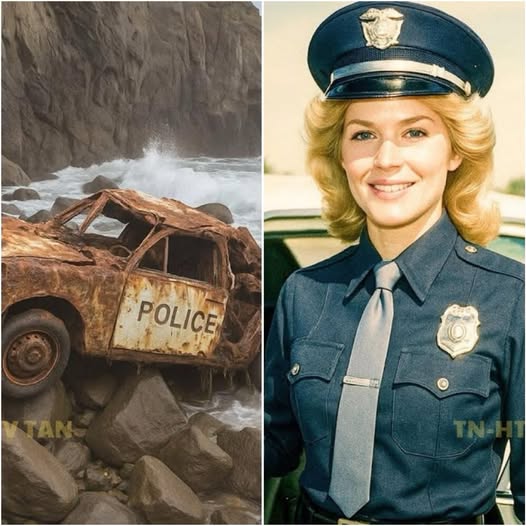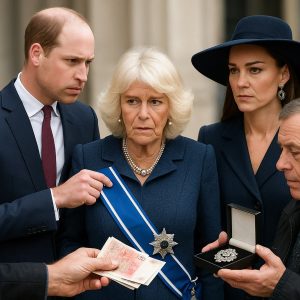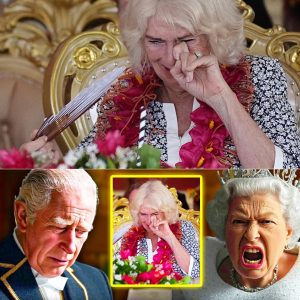Female police officer disappeared in 1977 — 13 years later, this is found under a cliff…
It was an ordinary night on patrol in a small California coastal town. Officer Laura Monroe, newly promoted and barely 28 years old, set out in her patrol car with the promise of returning home before midnight. She never did.
The reports from that night in 1977 were an incomplete puzzle: a routine checkpoint on Highway 1, a vehicle search, and then… absolute silence. No call for help. No clear witnesses. The official version was devastating: “She probably ran away, maybe she was leading a double life.” For more than a decade, her husband, Sergeant Jack Monroe, had to bear those suspicions.
Until March 1990, the thick fog on the cliffs of Devil’s Slide revealed a secret buried by the ocean: a fisherman saw a bumper glimmering beneath the waves. It wasn’t just any car. It was a rusty police cruiser, wedged between rocks like a steel coffin.
The rescue team took hours to uncover the corroded remains. Inside, they found a burned-out flashlight, a citation book turned to stone by moisture, a .40-caliber bullet casing… and blood stains in the trunk.
Everything pointed to the fact that Laura hadn’t vanished of her own volition that night. Someone had made sure her patrol car would never return.
The discovery reopened old wounds and ignited new suspicions: what did Laura see at that last traffic stop? Why had her co-worker mysteriously disappeared from the report? And what role did her own supervisor play, too eager to bury the investigation?
What seemed like a simple patrol car accident morphed into a case that would uncover corruption, betrayal, and a web of secrets capable of bringing down half the police department.![]() The truth about Officer Monroe’s disappearance turned out to be much darker than anyone could have imagined..
The truth about Officer Monroe’s disappearance turned out to be much darker than anyone could have imagined..

The evidence recovered from the cruiser didn’t just contradict the runaway theory — it shredded it. Forensic analysts confirmed that the blood in the trunk matched Laura Monroe’s. But there was something else: a partial fingerprint on the inside of the lid, belonging not to Laura, but to a fellow officer — one who had conveniently resigned just weeks after her disappearance.
The discovery sent shockwaves through the department. Files long thought closed were pulled from archives, and names once considered untouchable suddenly reappeared in whispered conversations.
Investigators soon uncovered that Laura had been working on something far larger than routine traffic stops. In the weeks before her disappearance, she had quietly compiled a list of officers suspected of running protection rackets for drug traffickers along the coastal highway. Her last citation book, waterlogged but still legible in parts, contained initials that matched those same officers.
And then came the most chilling revelation: Sergeant Jack Monroe, her husband, had filed repeated complaints about internal stonewalling in the original investigation. He had been silenced, transferred, and left to rot under suspicion himself. Now, with the cruiser recovered, he was vindicated — but his vindication came with the knowledge that the very institution he served had betrayed not just him, but Laura.
In the summer of 1990, a grand jury convened. Testimonies hinted at cover-ups, falsified reports, and even the possibility that Laura’s supervisor had ordered her “taken care of” after she got too close to the truth.
The case that began as the disappearance of one woman had metastasized into a scandal threatening to unravel the credibility of the entire coastal police force.





